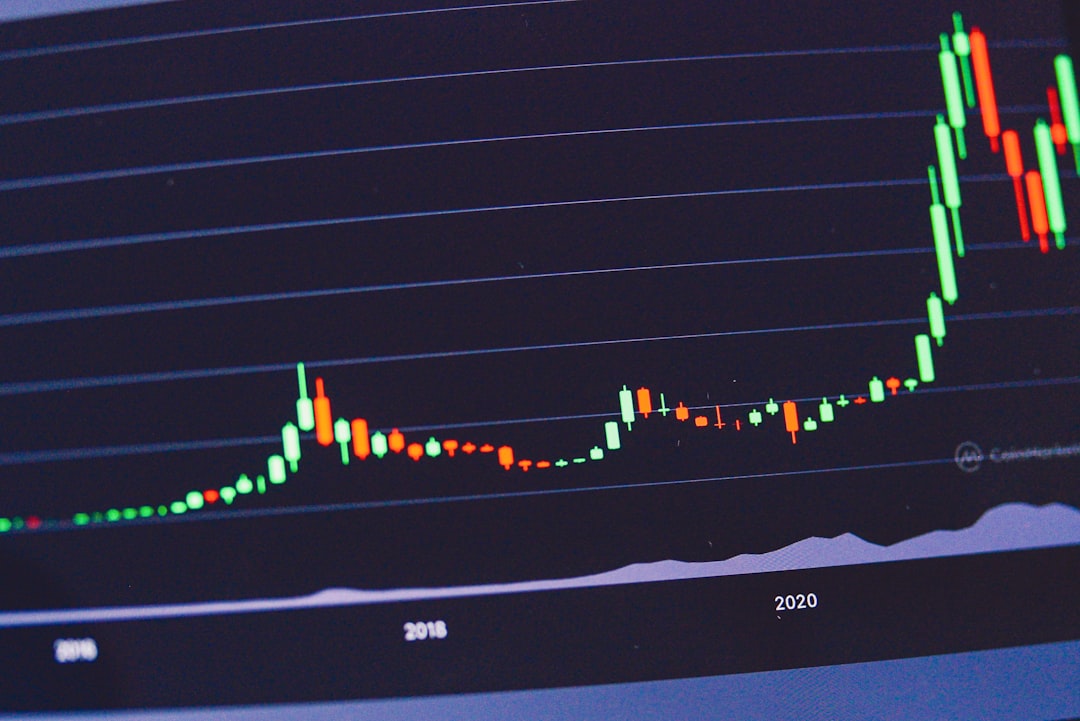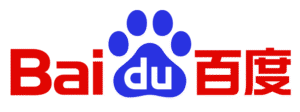Lemonade Inc. shares jumped nearly 5% in premarket trading after the company announced a strategic overhaul in its reinsurance structure, effective July 1. The AI-driven digital insurer plans to cut its ceded quota share reinsurance from approximately 55% to 20%, enabling it to retain more underwriting risk and enhance gross margin potential.
Why It Matters: Lower Reinsurance, Higher Confidence
Lemonade’s shift reflects growing confidence in its underwriting precision, powered by machine learning algorithms and improved portfolio diversification. In an official statement, President and co-founder Shai Wininger noted:
“Reinsurance comes at a cost, and thanks to years of steady improvements, we’re now in a position to retain more of the risk ourselves, improve margins, and stay capital-light.”
Key implications:
-
Increased underwriting income retention
-
Reduced reinsurance overhead
-
Potential for improved loss ratio performance
-
Continues to partner with top reinsurers under a capital-light model
Financial Fundamentals Behind the Shift
Lemonade’s move is underpinned by ongoing improvement in core financial health, including a gradually narrowing loss ratio and better underwriting quality.
To evaluate Lemonade’s balance sheet health and capital structure evolution, access:
🔹 Balance Sheet Statements API
Gain insights into:
-
Cash & equivalents
-
Reinsurance recoverables
-
Policyholder liabilities
-
Shareholder equity trends
This helps monitor how Lemonade is managing risk internally versus transferring it externally.
Risk and Margin Outlook
By cutting the proportion of premiums ceded to reinsurers, Lemonade is set to capture more premium income—but with increased exposure to volatility. This strategic risk-retention move implies confidence in AI-enhanced pricing models but also necessitates robust solvency management.
You can track Lemonade’s risk metrics and profitability outlook using:
🔹 Ratios (TTM) API
Use this to analyze:
-
Combined ratio and loss ratio trajectory
-
Return on equity (ROE) trends
-
Gross and net margin differentials
-
Reinsurance dependency over time
What’s Next?
The new 12-month reinsurance term covers all Lemonade business lines globally and includes continued support from primary quota share carriers. The company also plans to renew ancillary protections, such as Property Per Risk coverage, under terms similar to current arrangements.
Conclusion
Lemonade’s reduction in reinsurance usage marks a major milestone in its transition from a growth-focused insurtech to a more self-reliant risk-bearing entity. If underwriting quality continues to improve, this could be a long-term margin enhancer—but market participants will watch closely how the company navigates claim volatility under higher net retention.
Stay tuned to Q3 earnings for deeper insight into how this strategy plays out in real results.




